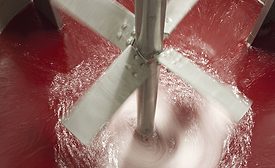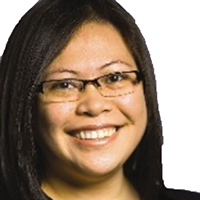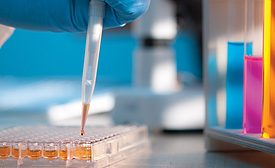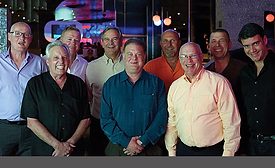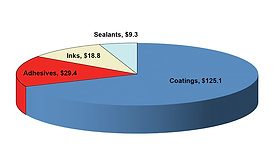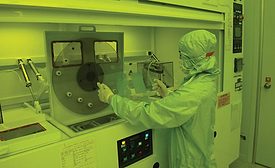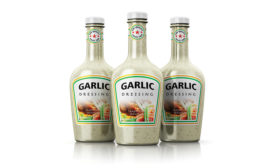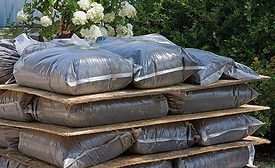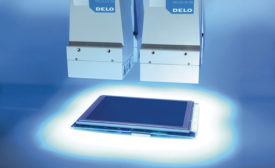Featured on Home Page
Alternative mixing strategies can offer a smarter way of producing adhesives and sealants.
Read More
A Safer Alternative Takes the Pressure out of Formulating Pressure-Sensitive Adhesives
A new, tetrafunctional epoxy reactive modifier is increasingly being used as non-mutagenic, drop-in formulation replacement for polyfunctional aziridine.
March 1, 2016
Focus On
Wilden Celebrates 60 Years
A flood at a steel factory led to the invention of the air-operated double-diaphragm (AODD) pump.
March 1, 2016
Market Trends
Coatings, Adhesives, Sealants and Inks Continue to Grow
The global consumption of coatings, adhesives, sealants and inks (CASI) is being driven primarily by construction applications.
March 1, 2016
Advancing Adhesives
Breakthrough Improvements in Touchscreen Production
A new manufacturing process allows touchscreens to be flexible, curved, 3-D or wearable.
February 1, 2016
Four Ways to Improve Communication at Work
It is possible to build better workplace relationships by communicating clearly and confidently.
February 1, 2016
Market Trends
UV-Curable Ink Applications Increase
Growth in the UV-curable ink market is being spurred by increased use in food and beverage packaging.
February 1, 2016
Market Trends
Convertible Flexible Packaging Demand Increases
Growth areas for flexible packaging include both food and nonfood applications.
February 1, 2016
Transforming the World through Technology
Experts believe these three technologies will have great potential in the next five years.
February 1, 2016
Curing Adhesives: When Less Intensity Is More
More intensive curing lamps can accelerate the production process of light-curing adhesives, but only up to certain limits.
February 1, 2016
Keep the info flowing with our eNewsletters!
Get the latest industry updates tailored your way.
JOIN TODAY!Copyright ©2025. All Rights Reserved BNP Media.
Design, CMS, Hosting & Web Development :: ePublishing
